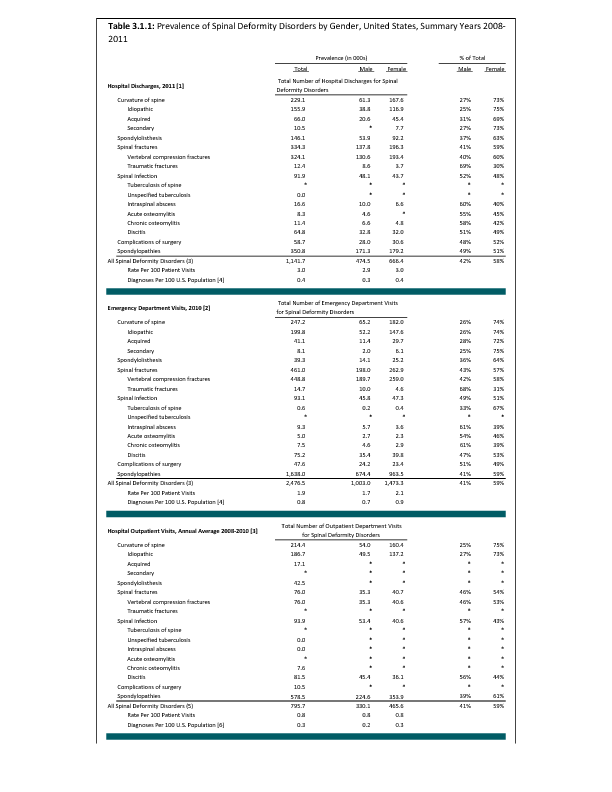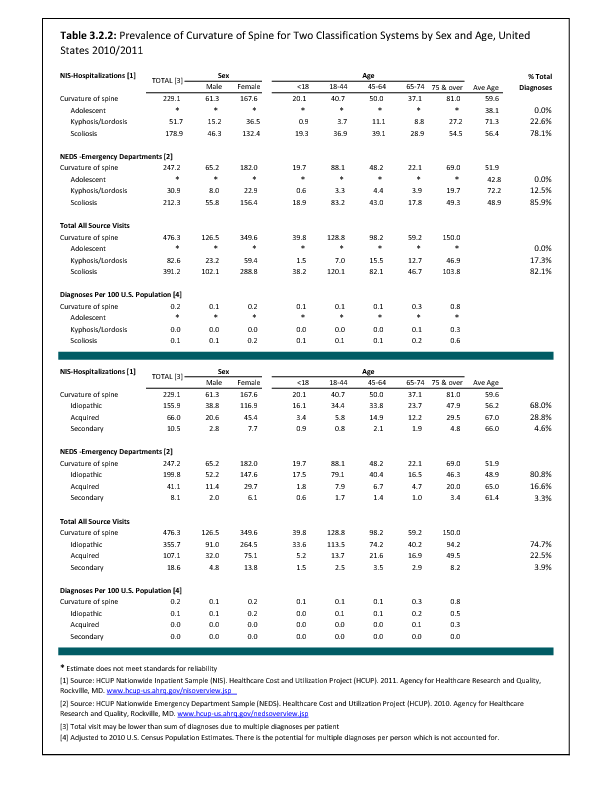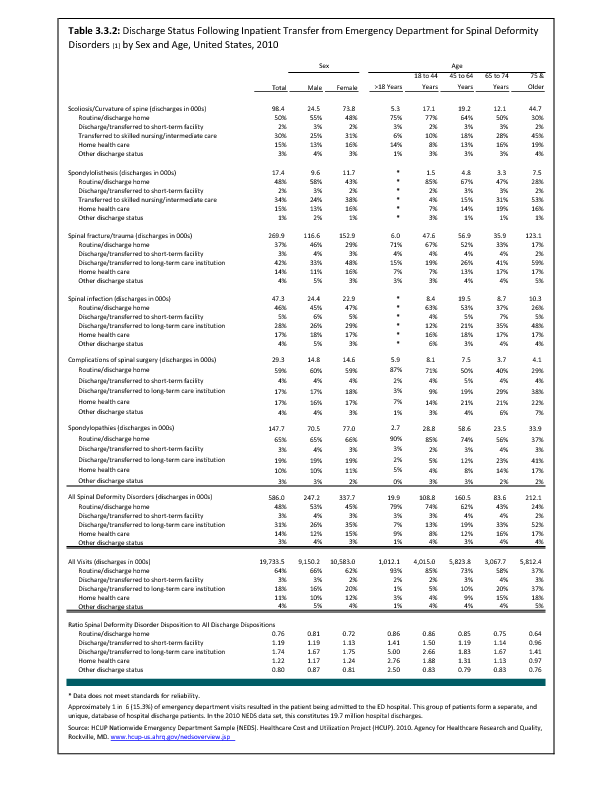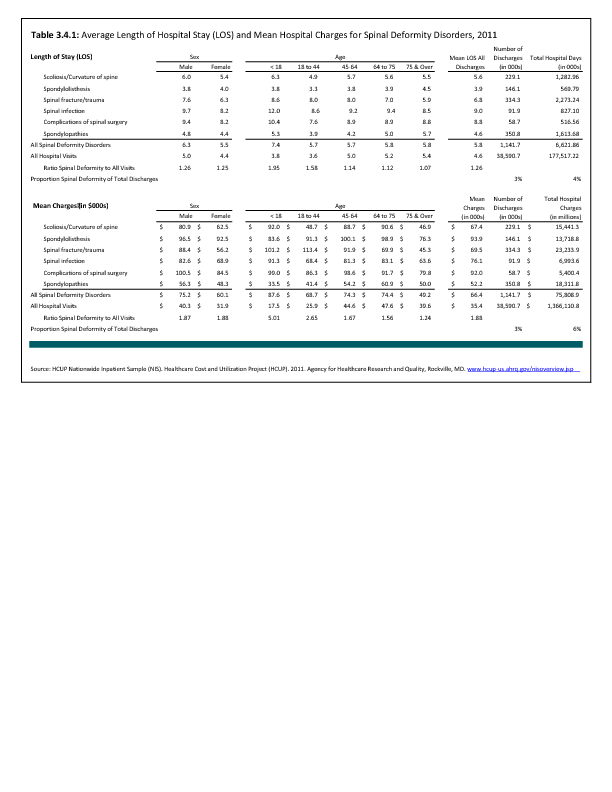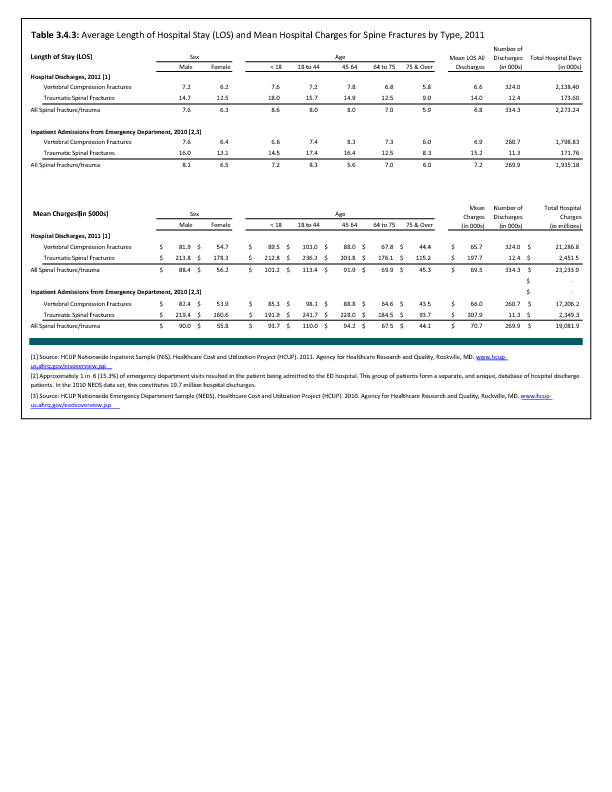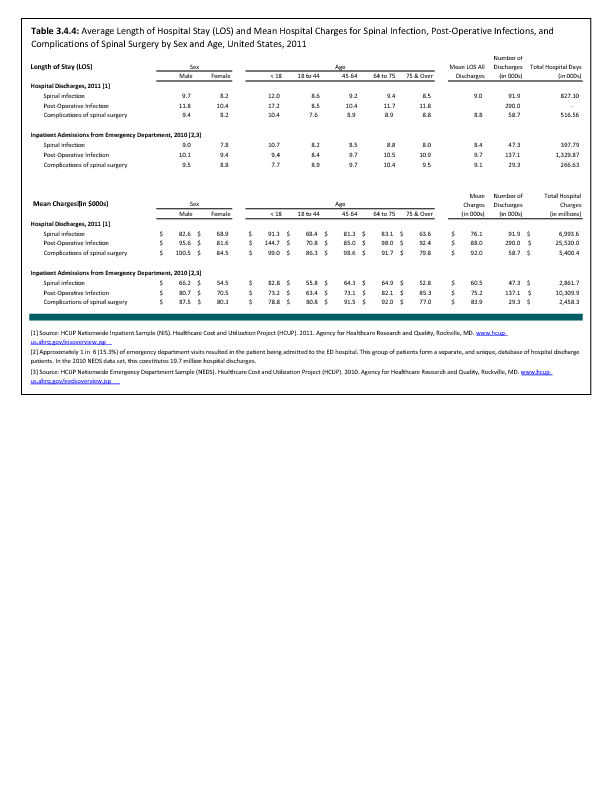Traumatic spine fractures are usually high-energy injuries that typically involve young, male patients. Most injuries are the result of high-energy falls (35% to 40%), followed by traffic accidents (20% to 30%), and low-energy falls (20% to 25%).1,2,3,4 Approximately one-half involve the thoracolumbar spine (T12–L2), while 20% involve the cervical spine. Neurologic injury occurs in 16% to 25% overall, but in as many as 40% of cervical fractures. There are approximately 12,000 spinal cord injuries each year,2,3 which are associated with a significant mortality rate. Fractures without neurologic injury generally occur three times more frequently, with an estimated 36,000 traumatic spine fractures each year. Most traumatic spine fractures are treated nonsurgically with a one- to three-month period of immobilization and bracing. Unstable fractures and those with neurologic impairment may require surgical treatment, extensive rehabilitative services, and often develop long-term disability.
- 1. P Leucht, K Fischer, G Muhr, EJ Mueller: Epidemiology of traumatic spine fractures Injury 2009 Feb;40(2):166-172.
- 2. a. b. Wang H, Zhang Y Xiang Q, et al: Epidemiology of traumatic spinal fractures: experience from medical university-affiliated hospitals in Chongqing, China 2001–2010. J NS Spine 2012 17:459-468.
- 3. a. b. National Spinal Cord Injury Statistical Center: Spinal Cord injury facts and figures at a glance. http://www.spinalcord.uab.edu.Accessed January 11, 2015.
- 4. Riggins Rs, Kraus JF: The risk of neurologic damage with fractures of the vertebra. J Trauma 1977;17(2):126-133.
Edition:
- 2014

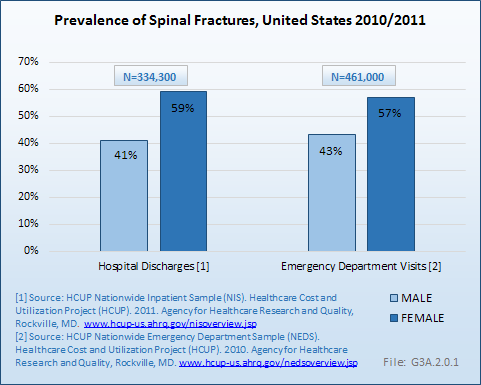
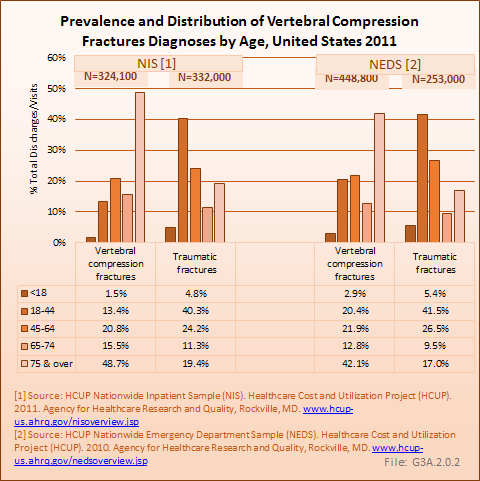
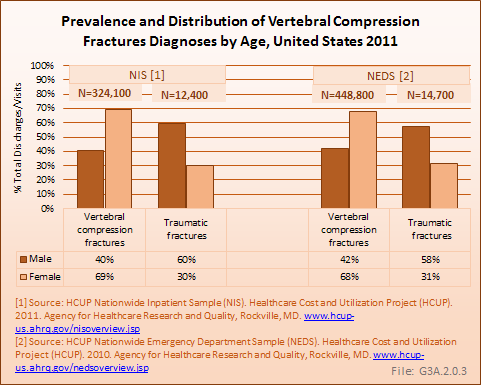

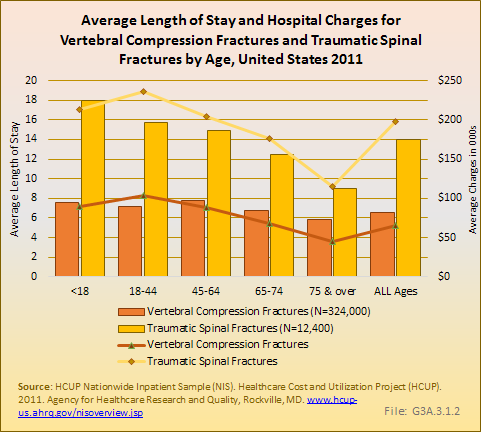
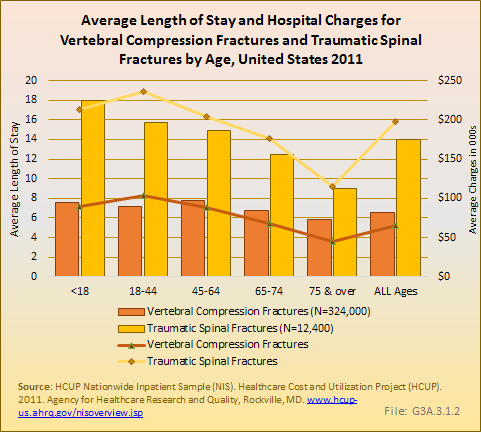
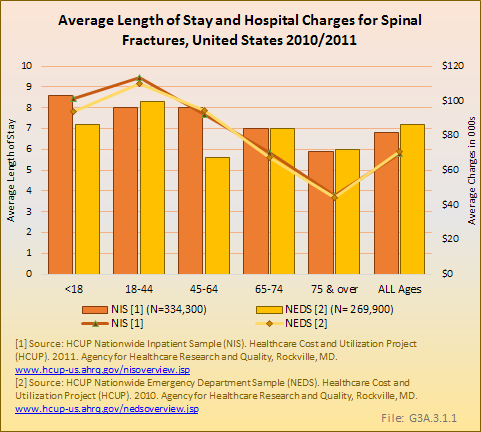
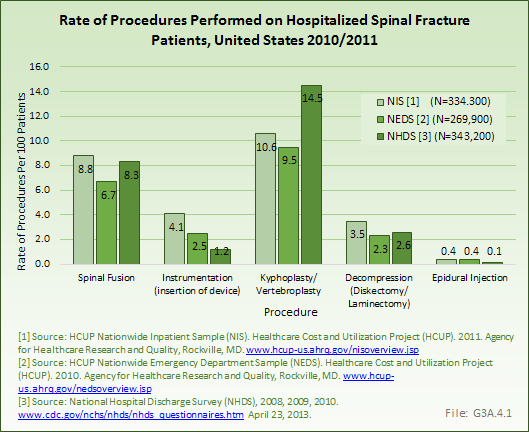

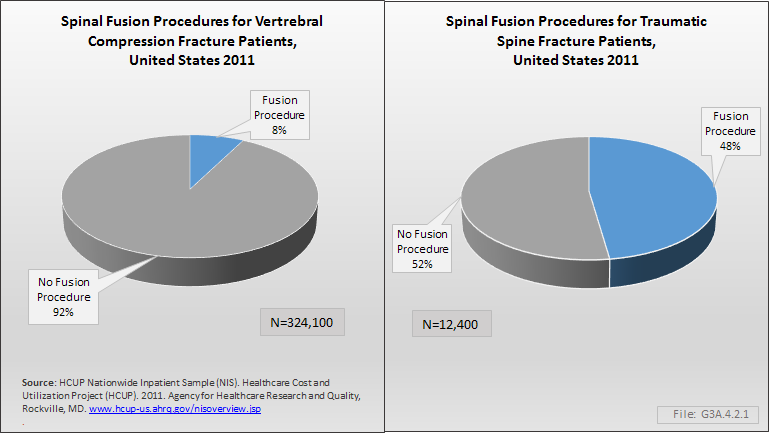
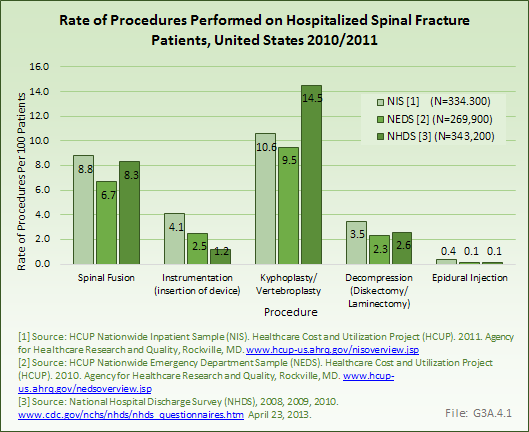

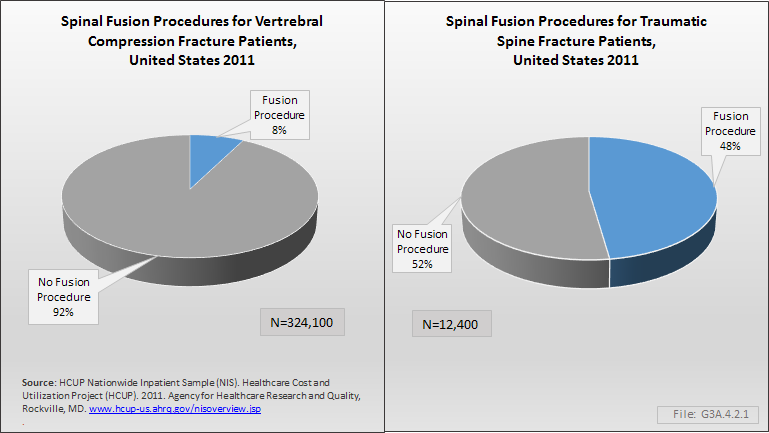
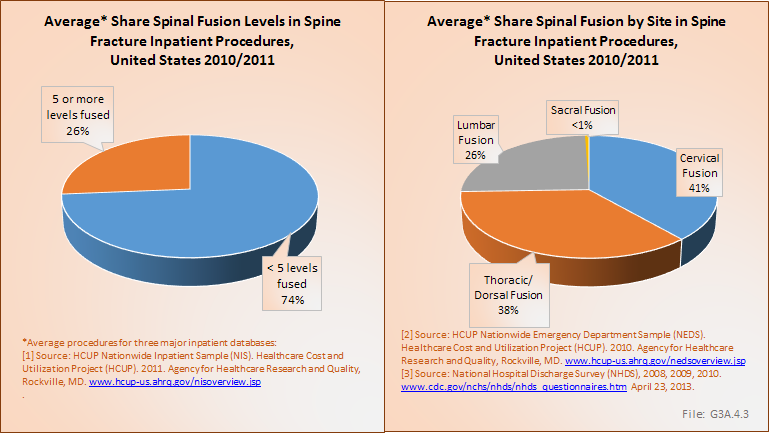




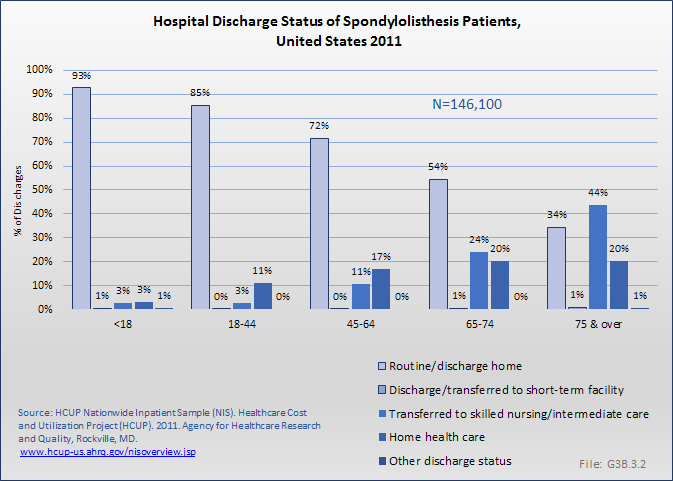
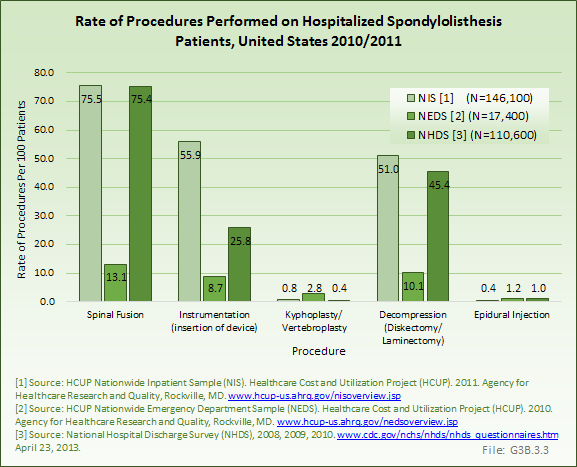

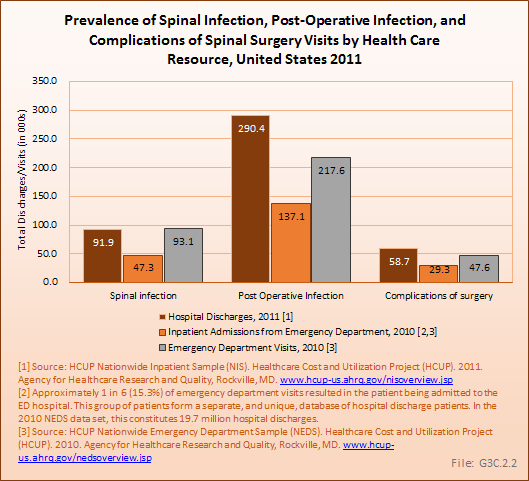
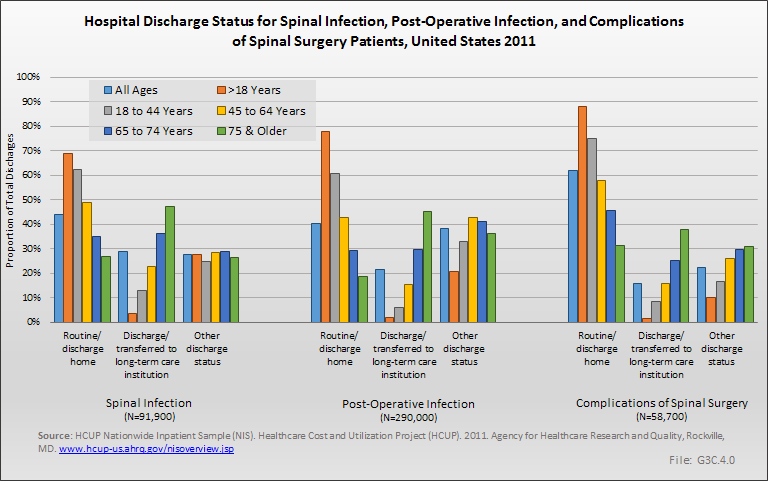


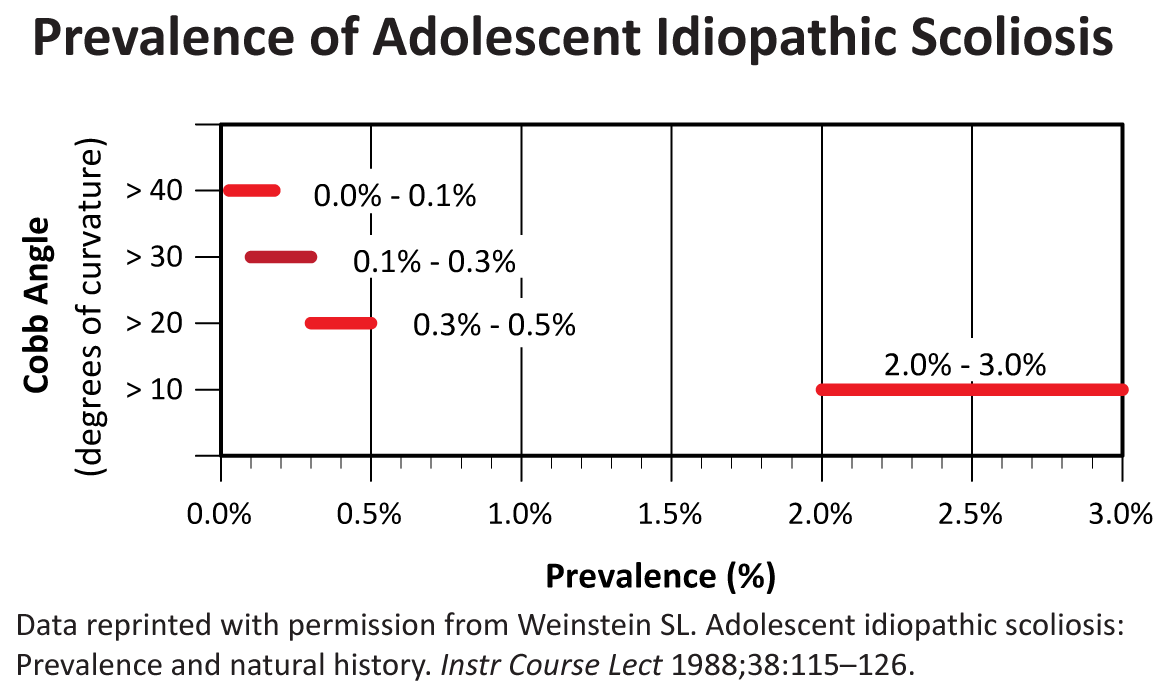

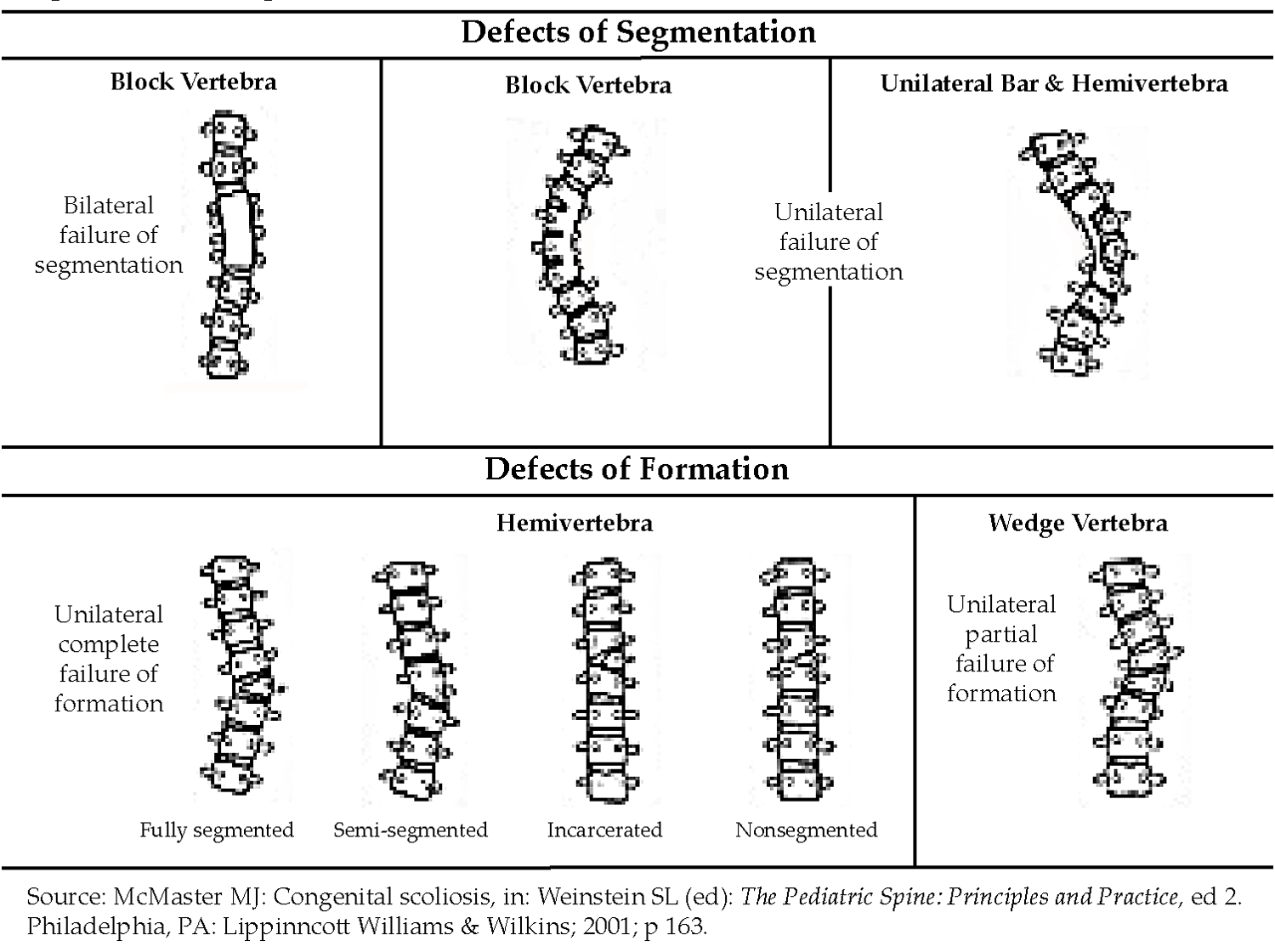
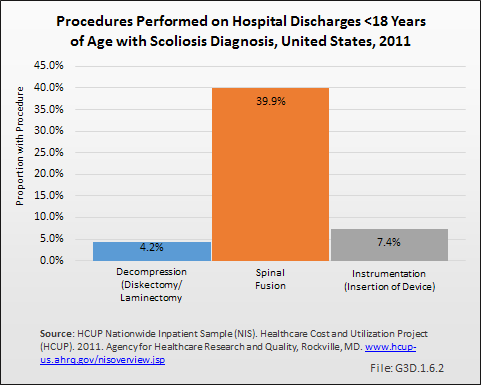

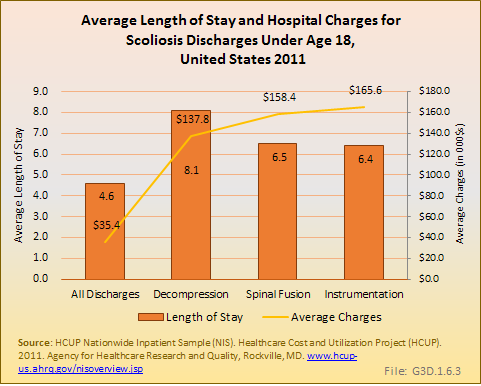
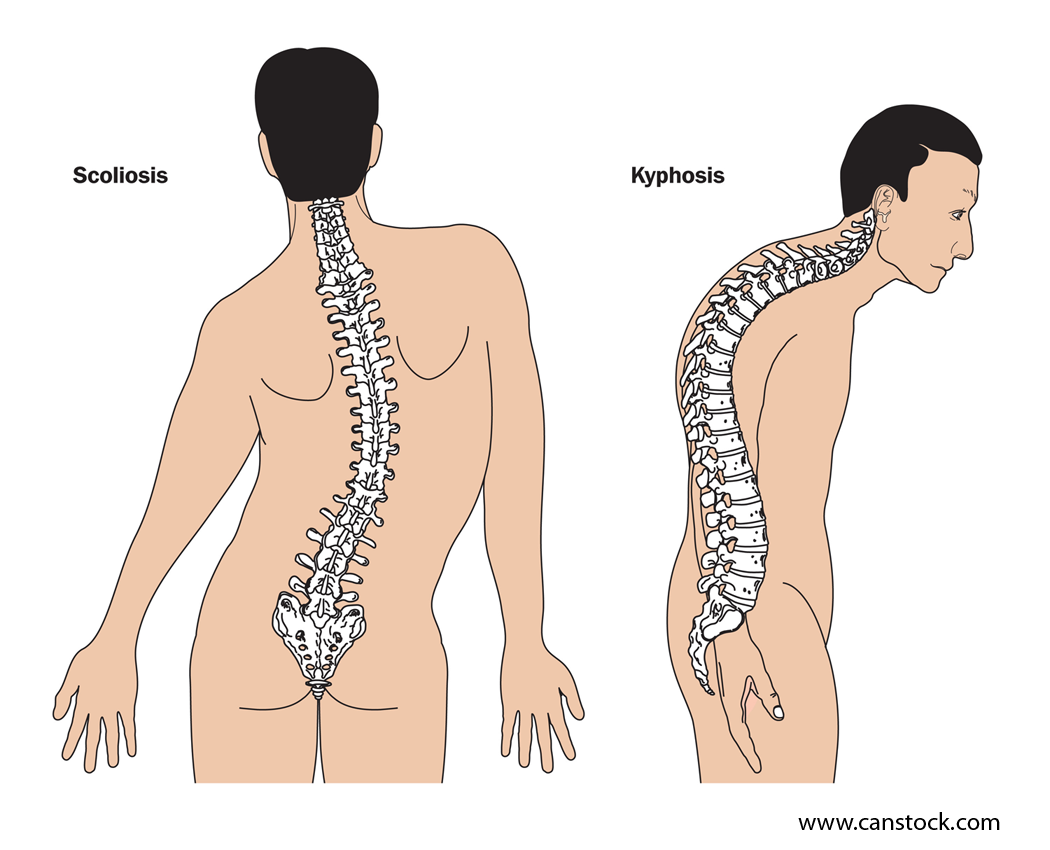
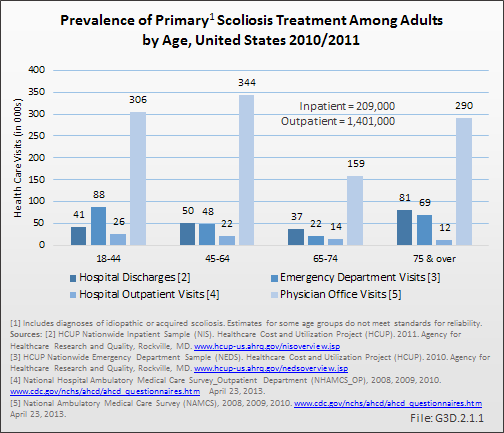
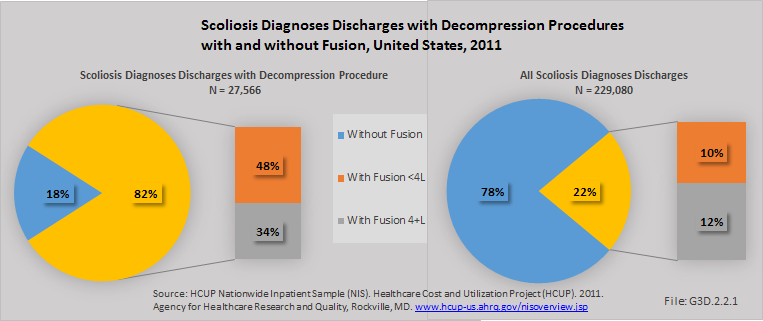
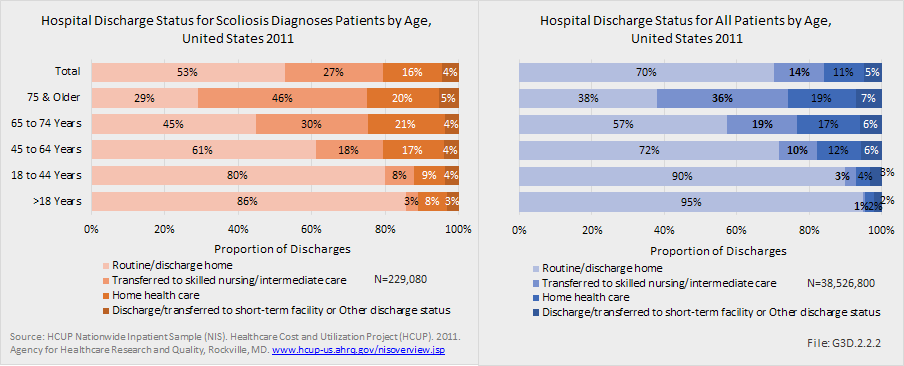

 Download as CSV
Download as CSV